Holistic nursing assessment: Developing a comprehensive screening and assessment process
Category: Investigation Process
The problem identified
To introduce a self-assessment tool for patients and carers to identify their needs which may not have been discussed or addressed. The tool helps the patient and carer to identify and disclose any concerns and discuss them with their lung CNS.
The intervention made to change the problem
We use the Distress Thermometer and Needs/Problem Check List (DT/NC) which has been specifically adapted by, and for Bucks lung cancer patients. We also use a specially created HNA Database to record all our HNA activity and compile a record of all our patient responses. This records and guides our practice, supports education and helps direct appropriate service development.
How it changed my practice
Prior to completion of our pilot our approach to HNA screening and assessment was variable and at times we were struggling to ensure all our patients were offered an opportunity for structured assessment. Whilst all patients received a copy of our assessment tool in initial information at or around diagnosis providing structured follow up and encouraging them to return the forms was sporadic. This led to a patchy approach to HNA and acknowledgement within our service that a comprehensive pathway for screening and assessment was needed. In November 2012 we commenced a pilot to explore new ways to approach screening and assessment. We continued to use the Distress Thermometer and Needs Checklist (DT/NC) agreed and previously adapted by us for our particular patient group. We set up a weekly nurse led clinic specifically to offer structured holistic assessment and we also changed the way we had previously circulated the tool to our patients.
Patients are now sent a screening tool 4-6 weeks post diagnosis or after an episode of treatment or disease change. With the tool we send a stamped address envelope so it can be returned directly to our nursing team once completed. On receipt the score system for the DT enables us to stream our patients for follow-up either through offering a clinic OPA or by offering telephone follow-up. Patients scoring 5 or over on the DT/NC are automatically offered an OPA where identified areas of distress can be explored in detail during a 50 minute appointment. Those scoring 4 or less are contacted by telephone so that the form can be discussed and any matters arising can be explored at that time. All patients are asked to identify 4 key areas of concern and these guide our discussions both in the clinic and during telephone follow up. This structured approach to HNA ensures we can effectively screen and support our patients and show that we are achieving a high uptake of screening and assessment for our patient group.
Resource / Cost implications
To support the postage for the screening tool and SAE we applied for funds provided through our Cancer Trust Fund. Clinic costs are already covered by formal funding for specialist nurse led new and follow-up patient appointments. This also supports provision of transport for patients who cannot attend otherwise. Telephone followup will soon be formally logged so this too is funded for HNA assessments. To support the administrative process we have a volunteer for 2 hours/week who processes all returned forms and books the OPA.
References
Distress Thermometer & Needs Checklist (2007) Based on and adapted from the work of J.Brennan
